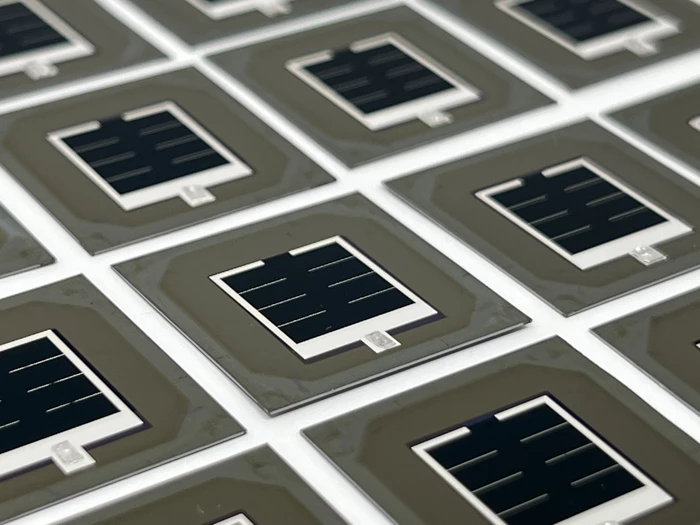The dynamic duo of silicon and perovskite continue their rampage through the solar cell industry. Researchers at King Abdullah University of Science and Technology (KAUST) have developed a new silicon/perovskite tandem solar cell with a record-breaking efficiency.
Most commercial solar cells have traditionally been made with silicon as the active ingredient, and this has gotten the tech into widespread use. But unfortunately, these solar cells are starting to bump up against the physical limits of silicon’s efficiency, so there isn’t much more room left for improvement without radically changing the recipe.
Enter perovskite. This crystalline material has quickly shot up the ranks from under 4% efficiency in 2009 to over 25% by 2021 to rival silicon, and it’s not done yet. When the two materials are forced to work together, they achieve even better results, with efficiencies recently reaching well over 30%.
And now, a new record has been set. Engineers at the KAUST Solar Center have developed a silicon/perovskite tandem solar cell with an efficiency of 33.2%, under regular one-Sun illumination, which is the highest efficiency of any kind of two-junction solar cell. The record has been independently certified by the European Solar Test Installation and added to the Best Research-cell Efficiency Chart managed by the National Renewable Energy Laboratory (NREL).
This marks a 0.7% increase over the previous record-holder: a cell with 32.5% efficiency developed by a team at Helmholtz Zentrum Berlin and announced last December. These broken records are coming thick and fast lately – just two years earlier efficiency was yet to crack the 30% barrier.
The KAUST team hasn’t elaborated on exactly what improvements were made to the solar cell to claim the new record. But this kind of incremental advance usually comes from minor tweaks to materials, manufacturing methods, structures and design.
That work is set to continue, as the researchers focus on scaling the cells to industrial sizes of over 240 cm2 (37 sq in).
Source: KAUST




